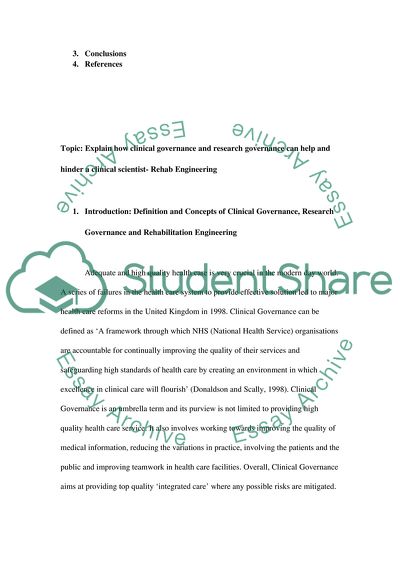Cite this document
(“How Clinical Governance and Research Governance Can Help a Clinical Sc Case Study”, n.d.)
How Clinical Governance and Research Governance Can Help a Clinical Sc Case Study. Retrieved from https://studentshare.org/health-sciences-medicine/1744710-explain-how-clinical-governance-and-research-governance-can-help-and-hinder-a-clinical-scientist-rehab-engineering
How Clinical Governance and Research Governance Can Help a Clinical Sc Case Study. Retrieved from https://studentshare.org/health-sciences-medicine/1744710-explain-how-clinical-governance-and-research-governance-can-help-and-hinder-a-clinical-scientist-rehab-engineering
(How Clinical Governance and Research Governance Can Help a Clinical Sc Case Study)
How Clinical Governance and Research Governance Can Help a Clinical Sc Case Study. https://studentshare.org/health-sciences-medicine/1744710-explain-how-clinical-governance-and-research-governance-can-help-and-hinder-a-clinical-scientist-rehab-engineering.
How Clinical Governance and Research Governance Can Help a Clinical Sc Case Study. https://studentshare.org/health-sciences-medicine/1744710-explain-how-clinical-governance-and-research-governance-can-help-and-hinder-a-clinical-scientist-rehab-engineering.
“How Clinical Governance and Research Governance Can Help a Clinical Sc Case Study”, n.d. https://studentshare.org/health-sciences-medicine/1744710-explain-how-clinical-governance-and-research-governance-can-help-and-hinder-a-clinical-scientist-rehab-engineering.


